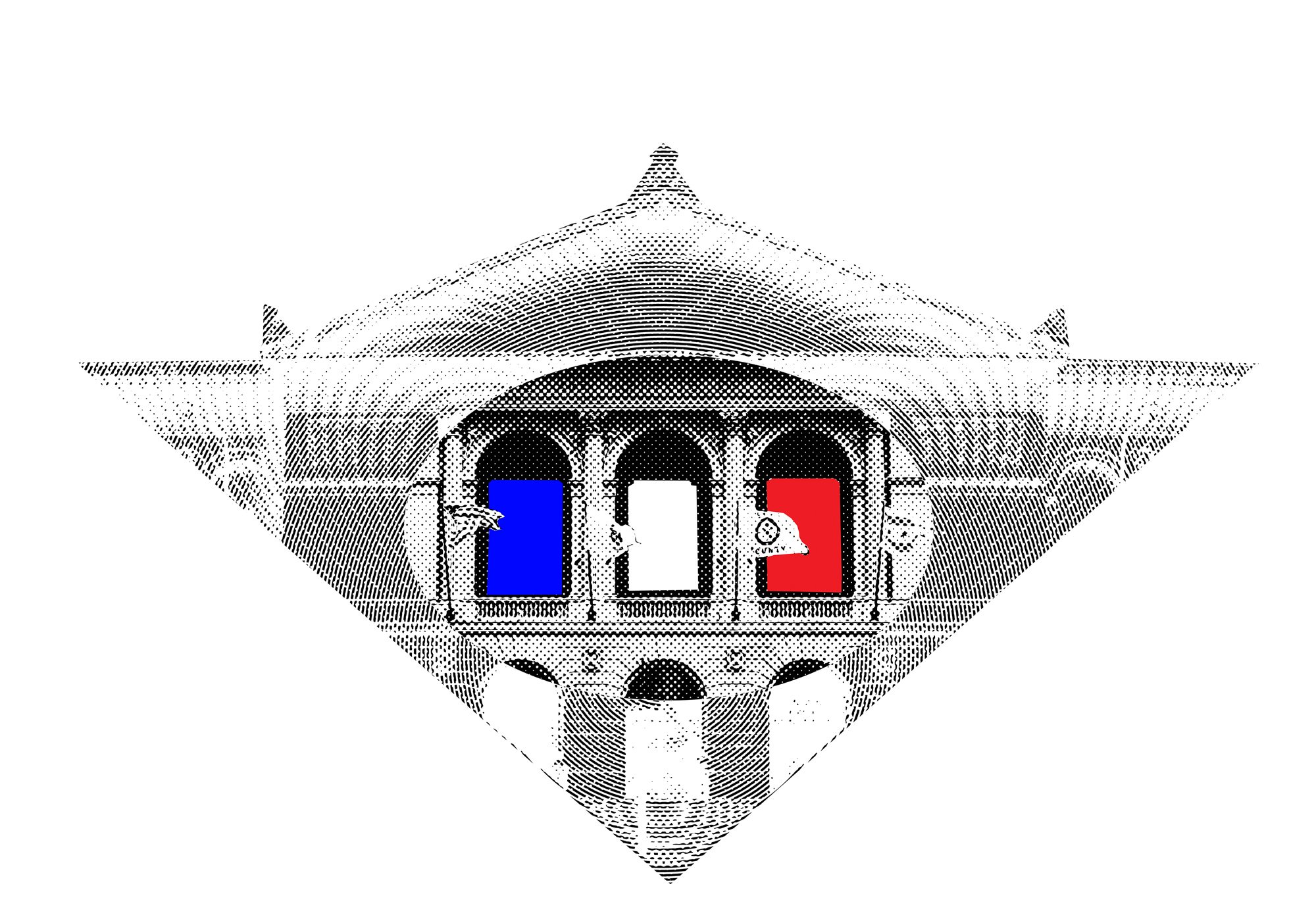The artist lectures at SAIC’s Low-Residency Masters Program
Investigating our surroundings engages us in things other than our art, which for Joseph Grigely provides great potential for developing a creative process. Grigely gave the last lecture hosted by SAIC’s Low-Residency Masters program’s Visiting Artist Series earlier this year. He spoke about reading water, outsider artist James Castle and poet John Keats, among other things. He began after a student’s reading of the poem “Reciprocity” by Wisława Szymborska.
Grigely’s work revolves around the act of conversational exchange, and “ontological investigation is at the center of each piece, the very nature of being” said Low-Residency Program Coordinator Greg Bordowitz. Grigely admitted to the audience that his lecture was not so much about his work but about how he thinks about his work. Exploring “techniques to engage in one’s surroundings,” he said, “is essential to making art because “everything we need as artists lies within the immediacy of our individual lives.” Stepping back from one’s art by involving one’s self with interests seemingly unrelated to their art “gives a sense of place in the world,” this unrelatedness actually having everything to do with one’s art.
Fishermen assess rivers through a conceptual practice by reading currents, gauging depths and judging where fish might be, allowing them to become familiar with a river’s individual characteristics, “its conditions and surprises,” says Grigely. Water often obscures the bottoms of rivers, so you must “feel your way with your feet and map your way with your memory” to negotiate passage and find optimal fishing sites. Perception is a fretwork of complexities for both fishermen and artists alike. Artists must dive into their environments and make sense of it in the same way fishermen map a river.
Rivers change perpetually, with strong currents moving boulders or heavy rains increasing, changing the course of the river. Sometimes the rushing currents make “fishing out of the question, and yet fish survive these currents” by staying close to the river’s bottom. Various phenomena constantly reshape our environment, and just as the natural world adapts to changes, artists must adjust to limitations, hindrances and even the unexpected while observing and understanding change.
A river is more than just a body of water, and one must explore its features, because there is much more beyond what is easily observable. Grigely reflected on an experience of cutting open a fish to see what type of fly it ate, explaining that while examining its insides he realized how orderly everything was, and how fish are beautiful on both the outside and inside.

A friend once told Grigely that “beauty is difficult, never forget that,” as they sat and considered the implications of a story about a baby who had learned to perfectly imitate the sounds of a refrigerator running and of a car driving over gravel. Grigely called beauty an “expansive concept,” but adding imperfections to it introduces “intrigue to a situation.”
James Castle, says Grigely while focusing on a drawing of a side of a door, “found his place within his perceptions of his surroundings” and created work that focused on the banal, ordinary things in everyday life, like house interiors and the surrounding landscape. Grigely called this ordinariness “rhopography,” the depiction of trivial things that work “against the idea of greatness. The irony of work like this is that it has the effect of taking us to a place which we have never been, yet it’s a place that surrounds us all the time.”
It is not easy to make something as captivating as Castle’s work with such mundane subject matter, but with deep care, Castle “unmade and remade those surroundings into something other than they were.” The beauty of this kind of art might escape us, because “it goes beyond the intention of the author or artist and finds a way to make meaning beyond those intentions,” said Grigely. Castle embraces the uncertainty John Keats called “negative capability,” to accept uncertainty and let go of the need for a specific truth or a particular conceptualization of work, which may very well be the difficulty of beauty in its essence.
Beauty, in its vast expanse and complexity, will never be solved, and we will always be uncertain of its true meaning. We may never know why some people love to sit by the water and observe the fish or why some of us find certain works of art beautiful or are inspired to make art ourselves. We must learn to be comfortable with navigating this mystery, not only in the uncertainty and the vastness of beauty, but in our surroundings as well, because “art occupies a space of human activity that’s about rearranging the physical universe.” The process of learning “when we are perceiving our place in the universe,” is how we begin to understand it, because “for artists and fishermen, that’s all that matters.”







